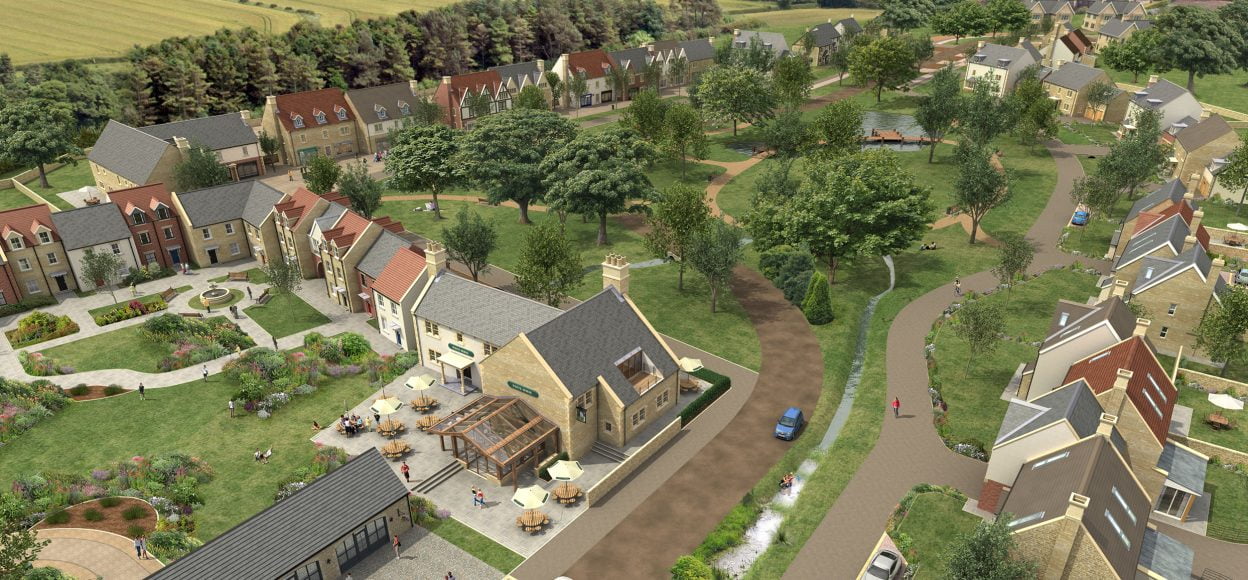Since the Second World War, successive Governments have seen the attractions of creating new settlements. The New Towns designated in the 1950s and 60s were, in general, successful. Towns such as Basildon, Stevenage, Milton Keynes, Telford and Warrington have their detractors, and they may not be perfect, but people enjoy living in them. Furthermore, they have largely achieved what they were intended to achieve: large amounts of new housing, integrated with employment, retail, leisure and community facilities – substantially self-sufficient communities detached from London and other big cities, with their own eco-systems.
In 2007, the Labour Government sought to repeat the success of the New Towns, and launched Eco-Towns. A competition was held to identify ten locations, and attracted more than 50 bids. There was clearly no lack of interest. However, most eventually faded into oblivion, or, at best, survive only in very partial form.
In 2014, the Coalition Government launched Garden Communities. At least 100 were proposed, and around 50 have been formally designated. By the end of 2019, only about 3% of proposed homes had been built.
Power shift
What is clear is that, as a society, we have lost the ability to “get new settlements done”. There are many, and complex, reasons for this, and scope for at least one lengthy book to be written on the subject. However, it has much to do with the decline of central Government power and confidence. In the Post War period, New Town locations were identified more-or-less rationally by people employed or engaged by Government; and they were promoted and built by Development Corporations given sweeping powers.
In more recent years, schemes have been conceived by landowners and developers, and have often been fundamentally flawed from the outset by being in the wrong place and/or of the wrong size. Development corporations have been talked about and occasionally set up – but they have tended to be of the lite variety, with insufficient power and too little funding. Instead, new settlements have had to endure the agonies of the Local Plan making process, and implementation has largely been in the hands of private developers, with only sporadic assistance from the public sector through occasional HIF grants and compulsory purchase.
Here and now
In this month’s Queen’s Speech, the Government has reconfirmed its commitment to 300,000 homes a year. That is a big target, and will only be achieved with great effort. We still have the tools – development corporations can still be established without legislative difficulty, compulsory purchase powers still exist, Government still invests taxpayers’ money in national infrastructure. Indeed, we potentially have even better tools at our disposal than in the past – Homes England is a powerful body (with land, money, CPO powers, and considerable accumulated expertise) and it wouldn’t take much to allow Development Consent Orders to be used to promote new settlements (combining planning permission, other consents and compulsory purchase in one wrapper) as part of the programme of reforms to which the Government has now confirmed its commitment.
What we need is Government to be brave enough to use them, and not to quietly back away when faced with inevitable local opposition.

